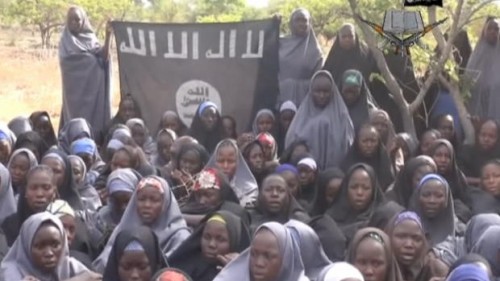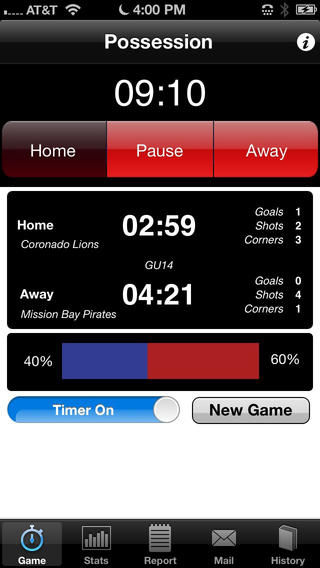
The kidnapping of almost 300 Nigerian schoolgirls has caused outrage across the world, and thousands of websites have articles about this event. The articles are illustrated by photos of the girls, or of girls anyway, and it is the use of these photos that I want to address today.
If you do a search on the story you find many many photos, and many different stories. But the truth about these photos is that many of them are not photos of the girls in this school. Now we might say oh yes the photos are just to make the post look nice, for effect, an African school child crying to help the cause. But I think we should go further than this, they are real people and they are being exploited, it is misrepresentation.
If we start with this article from the New York Times we read an interview with a photographer who took some of the pictures that have “gone viral” in the publicity surrounding the Nigeria girls. The photographs were used for the Bring Back our Girls twitter campaign, and I am not for any moment suggesting that the campaign has anything but good motives, but the people in the photos have nothing to do with the school, the girls or even Nigeria.
The girls live in Guinea-Bissau, which is like using a school girl from London to show the degradation of inner city Milan. It is misrepresentation. These girls have families and lives of their own, suddenly they represent the horror of kidnapping and possibly slavery or forced marriage, how would you like it if it was your daughter or sister (or mum, the photos could be old)?
And also the misrepresentation goes further. The author of the images did not want to show these horrors, she wanted to show the beauty of the child, or many other aspects of the composition. She finds her photo used to depict something that it was never meant to be, and with the possible addition of a few ‘photoshopped’ tears anything is possible.
If we go to the Facebook page of the same organization we find a series of schoolgirl photos, but they are all very different. In one we see a group of girls in Muslim dress in a poor rural school, but in the next we see a well cared for classroom with a shelf full of DVD’s Christmas decorations and girls dressed in school uniforms. Which one really represents the realities that these girls live in?
If we go to this Nigerian site we see another group of once again differently dressed girls and women in a much less rural setting that that depicted in the only photo from the Facebook page that contains any information at all, a photo of the school sign that the girls were taken from. My understanding of this area of Nigeria leads me to assume that this is a completely false depiction too, just another group of girls (possibly) walking to school somewhere (maybe) in Nigeria.
And I don’t want to go on but the list is endless, hundreds of photos of African schoolgirls.
Now I don’t want to come across as too critical here, I am a blogger and writer myself as you know and I put images into my stories. I am sure NASA would not be too pleased if some jumped up blogger was using on of their images to demonstrate the problem of space junk, but is that the same as using photos of real people doing things that really are not related to the story in question, particularly when the story is as terrible as this one? I am sure that all of the people that have written these stories have done so for the right reasons, we all want to get the girls back, and the Internet is our means, but we must try not to do it at the expense of falsely depicting others.
I have another post here you might like to read about mistaken identity through the circulation of a photo via digital media, the story contains many similarities.


